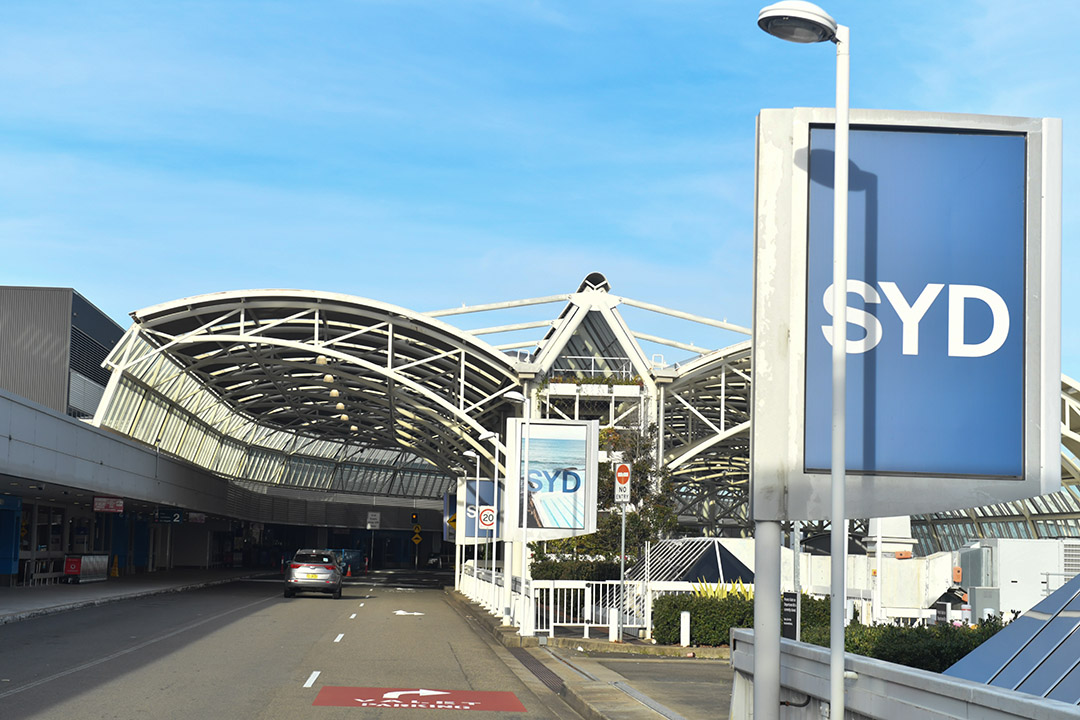

The bid this week by a consortium of super funds and infrastructure investors for Sydney Airport is interesting for three key reasons.
Firstly, the bidders - QSuper, IFM Investments and Global Infrastructure Partners – are heavy weight investors. To launch a bid at $8.25 per share at the height of a pandemic when the airport is operating at single digit capacity shows the enormous demand for high quality infrastructure assets. Super and pension funds, which have long term liabilities spanning 40 plus years, are desirous of assets that can produce reliable, inflation proof and relatively low risk income over the long term. Infrastructure is the asset class that best fits this bill.
Next, Sydney Airport is one of the few ASX listed infrastructure stocks, so it wasn’t any surprise to see other infrastructure stocks rally on the back of the bid. These include toll road operators Transurban (TCL) and Atlas Arteria (ALX), Auckland International Airport (AIA), gas pipeline owner APA, power utility Spark Infrastructure (SKI) and rail track owner, operator and haulage company, Aurizon (AZJ). But that’s about all there is - there is a scarcity of listed infrastructure assets. Australian airports, railways, ports, transmission lines, telecommunication assets, water operators and power utilities have largely been sold to private operators (or are still owned by Government).
Finally, the bid price of $8.25 represented a 42% premium to where Sydney Airport’s shares were trading prior to the bid ($5.81). And while the bid is conditional on a number of factors, including obtaining a unanimous recommendation from the Sydney Airport Board and for the Airport’s largest shareholder, UniSuper, to maintain its equity, the size of the premium shows just how much the consortium wants the asset.
Where does this bid leave Sydney Airport shareholders and other investors wanting to get a piece of the infrastructure booty? Apart from bidding up the price on the remaining Aussie assets, my advice is to look global.
The main advantage of going global is that there is just such a bigger pool of infrastructure assets to consider. Further, if accessed through a fund, the manager can diversify across infrastructure asset type, geography and operator. Toll roads through Transurban might look to be an attractive proposition, but if driverless cars take off big time or working from home becomes the ‘norm’, toll roads might be struggling for growth in a decade’s time. Infrastructure is a long-term asset, so long-term tailwinds and headwinds (which are hard to predict) become critical. And in regard to the currency risk, this is sometimes hedged (by the fund) or mitigated to a significant extent by the manager’s approach to asset selection.
Here are two ASX-listed global infrastructure funds to consider.
1. Argo Global Listed Infrastructure Limited (ALI)
A listed investment company (LIC), Argo Global Infrastructure (ALI) invests in a portfolio of globally listed infrastructure companies. Managed by NYSE listed Cohen and Steers who invest around US$70bn on behalf of institutional clients and sovereign wealth funds, about 33% of the fund is invested in electric assets, 13% in communications, 11% in railways, 9% in airports and 8% in toll roads. 66% of companies are domiciled in North America, with Europe next at 11%.
Performance has been satisfactory, marginally outperforming its benchmark. Since inception in 2015, it has returned (to 31 May) 7.8% pa after fees and expenses compared to its benchmark of 7.1% pa (the S&P/ASX 200 accumulation index return over this period is 8.6% pa). For income seekers, it is currently paying a dividend of 8c per share, putting it on a yield of 3.6%. ALI is unhedged. Management fees for the $342m LIC are 1.2%.
ALI is trading on the ASX at a small discount to its NTA (net tangible asset value) of around 5% to 8%. If the discount closes, this is a bonus for investors. To assist investors keep track of this, ALI posts a weekly NTA.
2. Magellan Infrastructure Fund – Currency Hedged (MICH)
A currency hedged listed managed fund, the $804m Magellan Global Infrastructure Fund invests in a portfolio of 20 to 40 listed infrastructure securities. By asset type, integrated power comes in first with 18%, transmission and distribution 15%, communications 9%, rail 8% and airports 6%. North American assets comprise 53%, with Europe and UK making up 26%.
The fund targets a cash distribution of 4% pa. In a total return sense (which includes the income distribution), it has delivered 6.3% pa since inception in July 2016. Magellan says that this is 1.7% pa above the currency hedged index return.
Fees are 1.05% pa, plus performance fees. Units can be bought or sold on the ASX under the ticker MICH.